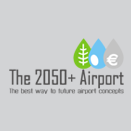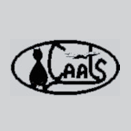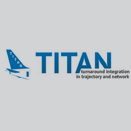

Although automated machines and computers help the crew in all fields of the airport related activities, such as ATM, flying, handling, operators, assistance, etc., we cannot exclude human activity from all fields. The aim of the human factor researches is to optimise the human-machine interaction. Methods and techniques are established to understand the algorithms and to enhance the crew performance, especially in the cockpit. The designers seek the ideal displays, the most ergonomic control devices and the optimal working conditions for all actors of the aviation to avoid any "misunderstanding" between man and machine.

The FP7 project Airport 2050+ explores radical and novel solutions to prepare airports for the year 2050 and beyond.... Read more...

CAATS - Cooperative Approach to Air Traffic Services - was a project under the 6thv Framework Programme of the European Union. The task of the CAATS network was to coordinate research processes and methodologies among other 6th Framework projects dealing with safety, human factor and validation issu... Read more...

The GABRIEL is a European Commission funded "Out-of-the-Box" project. The "Integrated Ground and on-Board system for Support of the Aircraft Safe Take-off and Landing" (GABRIEL) proposal was based on a system using magnetic levitation technology to enable aircraft... Read more...

This project harness emerging passenger tracking and identification technologies with the objectives of increasing the safety of air travel whilst maximising the utilisation of existing facilities.... Read more...

The scope of TITAN encompass the processes included in the turnaround as well as those external services, which have a direct influence on it. Therefore, an extended handling view is ensured by including processes hitherto not, or not fully, considered in the Collaborative Decision Making view.... Read more...